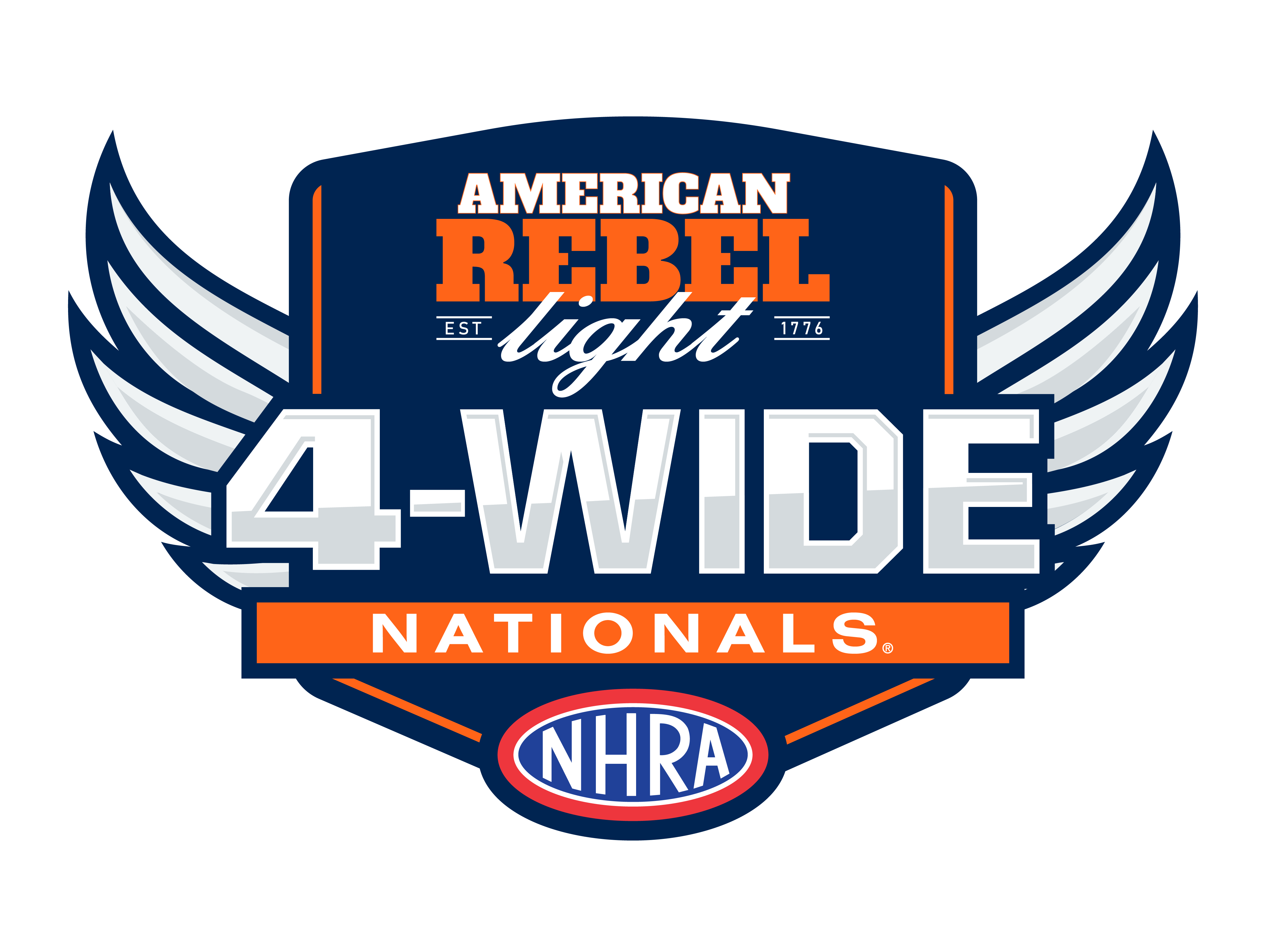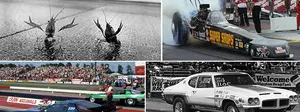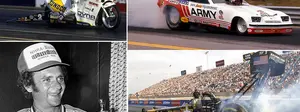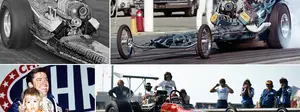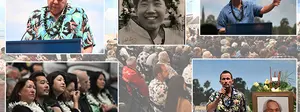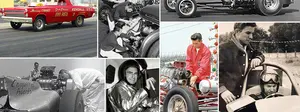

Early Funny Car History 101
As one Insider reader tweeted to me last week after my column about working to create a list of the top 20 Funny Cars, “Can open, worms everywhere.”
Yes, indeed, we did open a whole can of worms with the notion that I – or anyone – could possibly distill 50 years of NHRA Funny Cars into such a narrow funnel, and the outpouring of suggestions from readers of this column, as well as on Facebook, has been entertaining, enlightening, and even a bit overwhelming.
I got lists of 20, 10, and even just one suggestion. I got some lists that contained very specific year and model designations with detailed notes, and I got others with just a car name. I got some history lessons. I even got chastised by a few. What fun! Some very noticeable trends, cars, or drivers made it on most of the lists, including some of the most obvious like Don Prudhomme’s Army Monza, Don Nicholson’s Eliminator I Comet, and John Force’s ’96 Castrol Pontiac, but also a host of others, which I whittled down to about 50 logical candidates (some of y’all had some very unusual suggestions). We’re well on the road to narrowing it down, and I’ve enlisted the help of some of my respected colleagues throughout the sport to help. Thanks for all of your suggestions and input.

One of the questions that has arisen concerns the timeline that was chosen to demarcate the 50 years of the class’ history that NHRA will be celebrating this year. As many of you correctly pointed out, Funny Cars – in one form or another – were around long before the 1966 World Finals, where NHRA first hosted the class as an official eliminator.
So what follows is a relatively quick history of how we got there.
The definition of what constitutes a Funny Car is part of the problem. The lineage probably begins in the Super Stock ranks (most notably the intriguingly named Optional Super Stock class), which begat the A/Factory Experimental (A/FX) classes that were launched in 1962 (check out the article by former ND staffer John Jodauga here) and later the XS (experimental stock) classes, as teams began to experiment with different fuels, engines, power adders, tires, and altered wheelbases. Although it didn’t have a flip-top body or a tube chassis that has come to define the class, cars like the Jack Chrisman-driven Sachs & Sons Comet, which wowed the fans at the 1964 Nationals in Indianapolis, is considered by many to be the original Funny Car. It was, after all, powered by a nitromethane-fueled, supercharged engine.

But that car was predated earlier in 1964 by a pair of Dodge Charger exhibition vehicles, classified as S/FXers (the S standing for either “supercharged” or “super,” depending on who is telling the story), that were pretty much identical to what Chrisman would campaign but ran on gasoline instead of nitro. Powered by supercharged 480-cid Max Wedge engines built and prepared by Jim Nelson and Dode Martin of Dragmaster fame – engines almost identical to those in the Dragmaster Dart Top Gas cars – and driven by Jimmy Nix and Jim Johnson, the cars ran in the high 10s at 130 mph at a time when the quickest Super Stocker and traditional FXers were running 11s at 120 mph. By all accounts, these were the first factory vehicles to use parachutes and the first in which the drivers wore firesuits.



Jack Chrisman's nitro-burning B/FD Comet wowed the fans at Indy 1964.
According to Nelson, the idea and the financing for the wild machines came from Michigan promoter Don Beebe, who put together $250,000 – or almost $2 million in 2016 dollars – to build the cars and pay the drivers and mechanics. NHRA President Wally Parks – as always, “dedicated to safety” – was worried about the handling aspects of the proposed machines, but once Nelson assured him that the cars would use the same suspension components as the legal Super Stockers and would retain the wheelbase and other stock dimensions – cars even used the Chrysler push-button three-speed Torqueflite transmission favored by many of the Super Stock teams -- the project was allowed to go forward. Dean Jeffries even enclosed the parachutes in a box recessed into the trunk to help maintain a stock appearance.
The cars made their first exhibition-race appearances at San Diego Raceway in March with a three-race format. They were supposed to be identically prepared, but Johnson, who won B/SA class at the 1963 Nationals with his ’62 Dodge Polara 500, remembers that the ultra-competitive Nix always tried to one-up him, switching to different tires or throwing some lead shot into the trunk for better traction. Nix also lobbied heavily to run nitro in the cars but was denied, and reportedly, it was Nix who suggested to Chrisman that he try to get permission from Mercury Racing Director Fran Hernandez to run the 427 in his under-construction Comet on nitro, which he hoped would leverage into him being able to run the same in the Charger.
By the time that Chrisman’s Comet ran in Indy, the Charger program had been waylaid by financial issues and parts shortages. The last time that the Dodge Chargers appeared was in July at a dragstrip in Greer, S.C., and a disheartened Nix returned to driving Top Gas dragsters.
Chrisman’s Comet was placed in the B/Fuel Dragster class in Indy, where it was defeated in eliminations but not before recording times of 10.25 and 156.31 mph.
The Dodges found new life in 1965 as part of the Guzler Chargers team, running supercharged, nitromethane Hemis and direct drive, but both reportedly crashed that year. A third car built as a backup was said to have been lost in a towing accident.


Funny Cars began to proliferate in 1965, and the AHRA Winternationals in late January had seven entries – all of them Hemi-powered Mopars: the Dodges of the Ramchargers, Bud Faubel, and Dick Landy and the Plymouths of Butch Leal, Sox & Martin, Golden Commandos, and Lee Smith – all with the radical altered wheelbases that led to the now-familiar “Funny Car” sobriquet because, well, they looked “funny” compared to the traditional door cars. I’ve seen everyone from Mercury’s Hernandez to NHRA’s Jack Hart and announcer Jon Lundberg credited with popularizing or creating the nickname, but I think that fact may be lost to history.
By midyear, the pack had swelled to well more than a dozen entries, with Ford-backed Mustangs and Cyclones powered by 427 SOHC powerplants and independents getting into the action, but the Mopars were the early kings. Hernandez and his assistant, Al Turner, set out to tip the balance back toward the Ford/Mercury stable, which led to the now-famous creation of tube-chassis, flip-top Comets that were campaigned with great success in 1966 by Nicholson, Chrisman, Eddie Schartman, and the Kenz & Leslie team, all of which leads us back to the 1966 World Finals, where Schartman became NHRA’s first official Funny Car winner.
Nicholson and Chrisman are no longer with us, but I plan on speaking to Schartman in the not-too-distant future to get his memories of those pioneer days in the class as we work our way into this yearlong celebration of the plastic fantastics.







